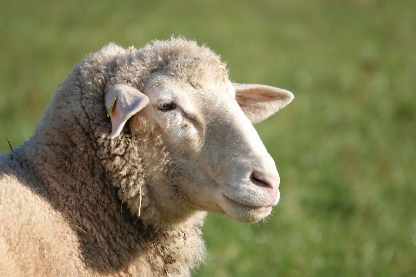In the history of Sri Lanka, few female characters are as reverently aspired to as Queen Vihara Maha Devi. Not only because she gave birth to and rose up the greatest Sinhalese king Duttugenumu, but also because of her own morality and maternity. In the 13th century Pali text, Vihara Maha Devi was described as “a woman without blemish”: 60 Nazly Ahmed, Flickrfirm in the faith, piou...









